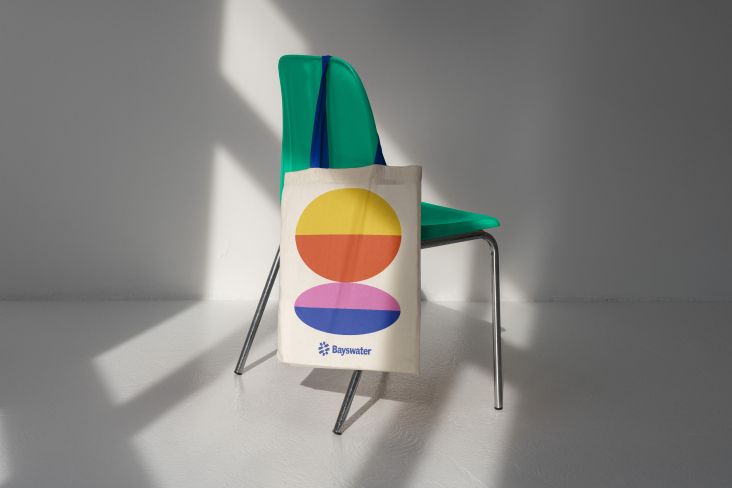Freya Najade's photos reveal the 'uncontainable wildness' of London's Hackney Marshes
Hackney Marshes is an unexpected explosion of nature in the heart of inner-city London. German photographer Freya Najade profiles this wild wonderland in her new book.
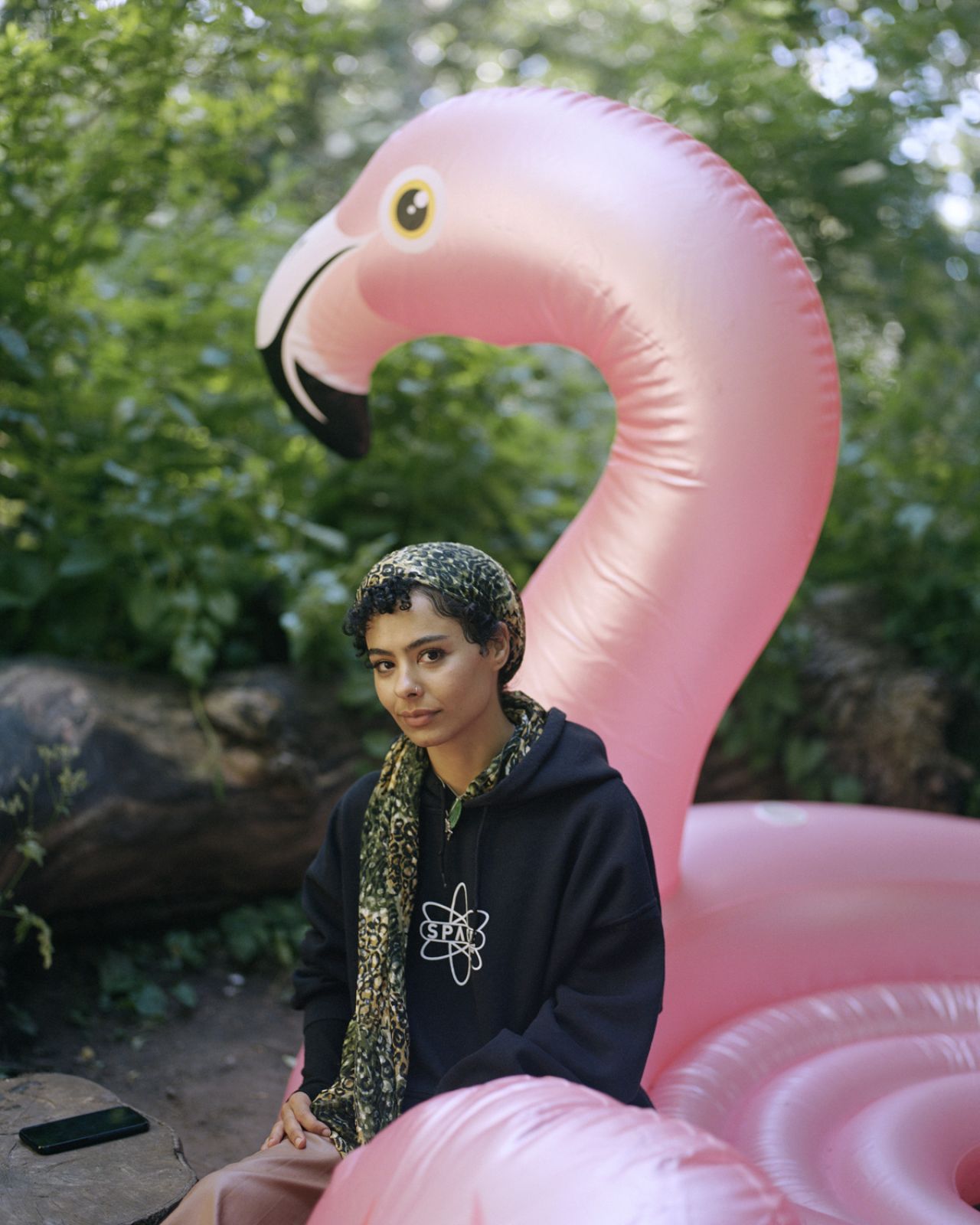
When you think of a big metropolis like London, you think of overcrowded streets, traffic noise and endless concrete stretching as far as the eye can see. But actually, there's another side to the UK capital, as German photographer Freya Najade explores in her intoxicating series and new photobook The Hackney Marshes.
This area of open space in the lower Lea Valley lies on the western bank of the River Lea, on the eastern boundary of Hackney Borough. In the book, designed by Friederike Huber, Freya takes us on a journey through its uncontainable wildness.
Her images reveal an explosion of nature in the heart of the city, where ancient trees and grasslands are overlooked by tower blocks and pylons. Following the meadows and riverbanks, abandoned infrastructure and football pitches, she documents the magic of these overgrown spaces and the people who seek refuge there.
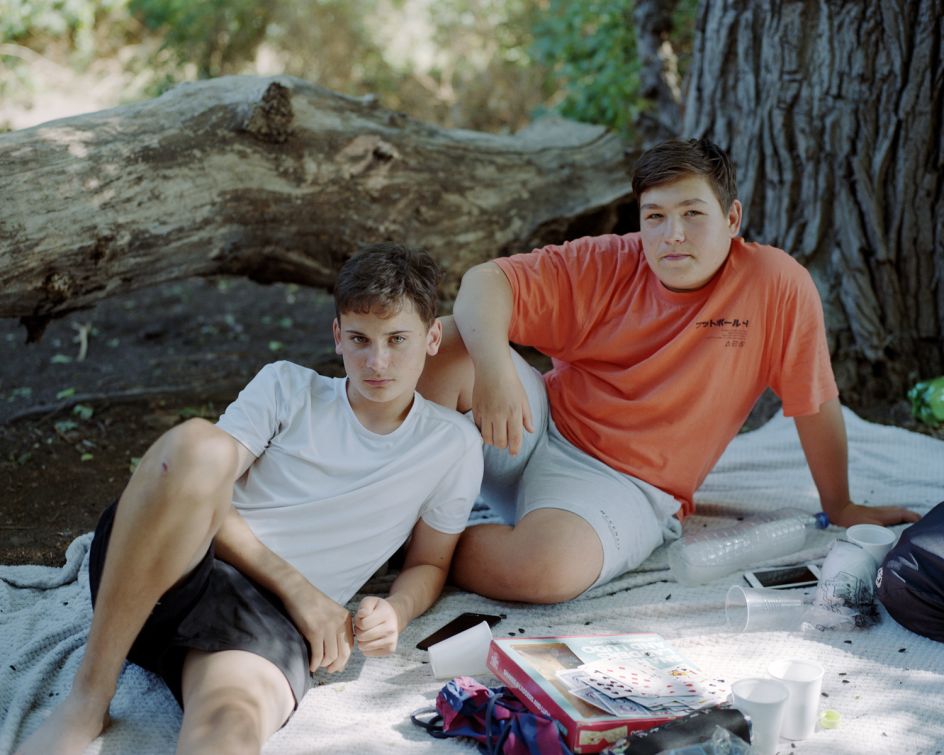
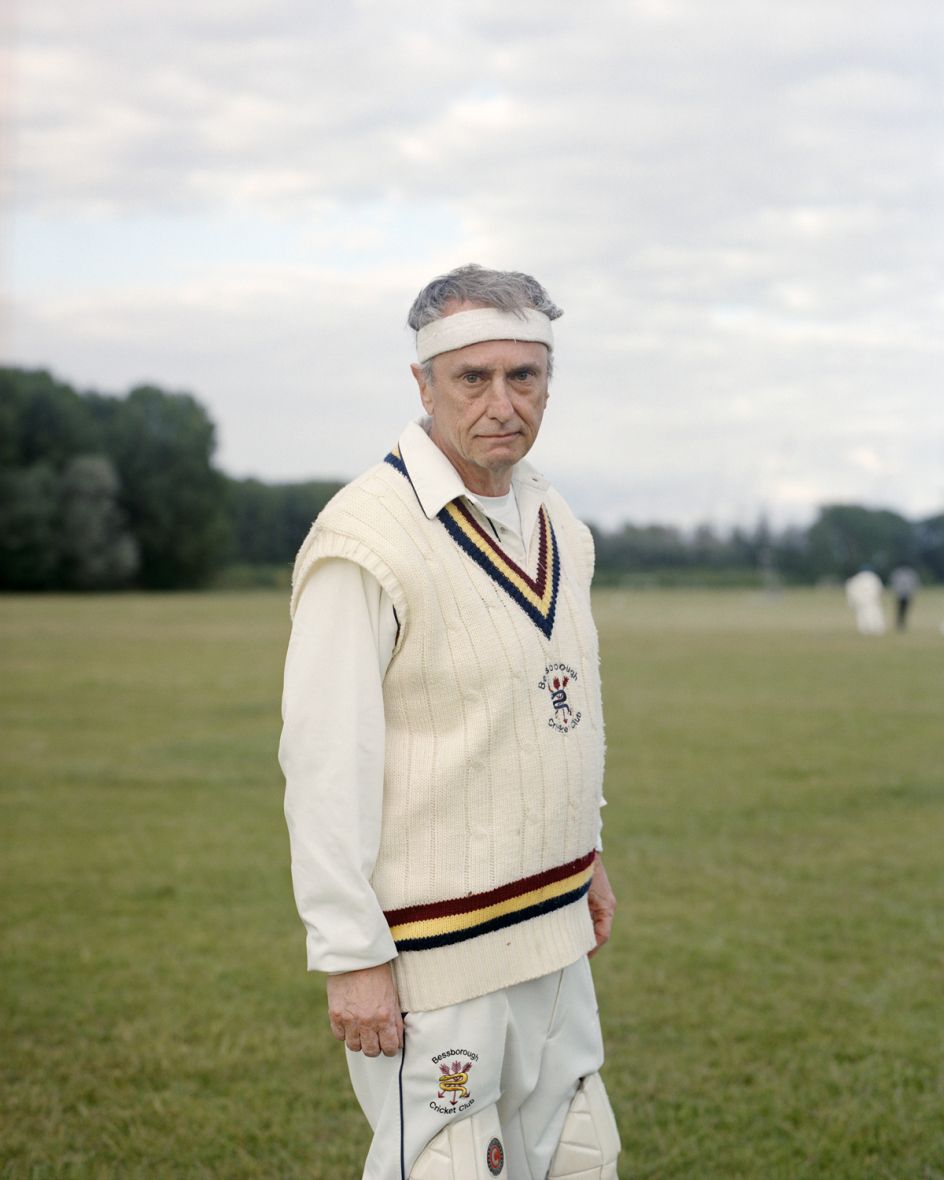
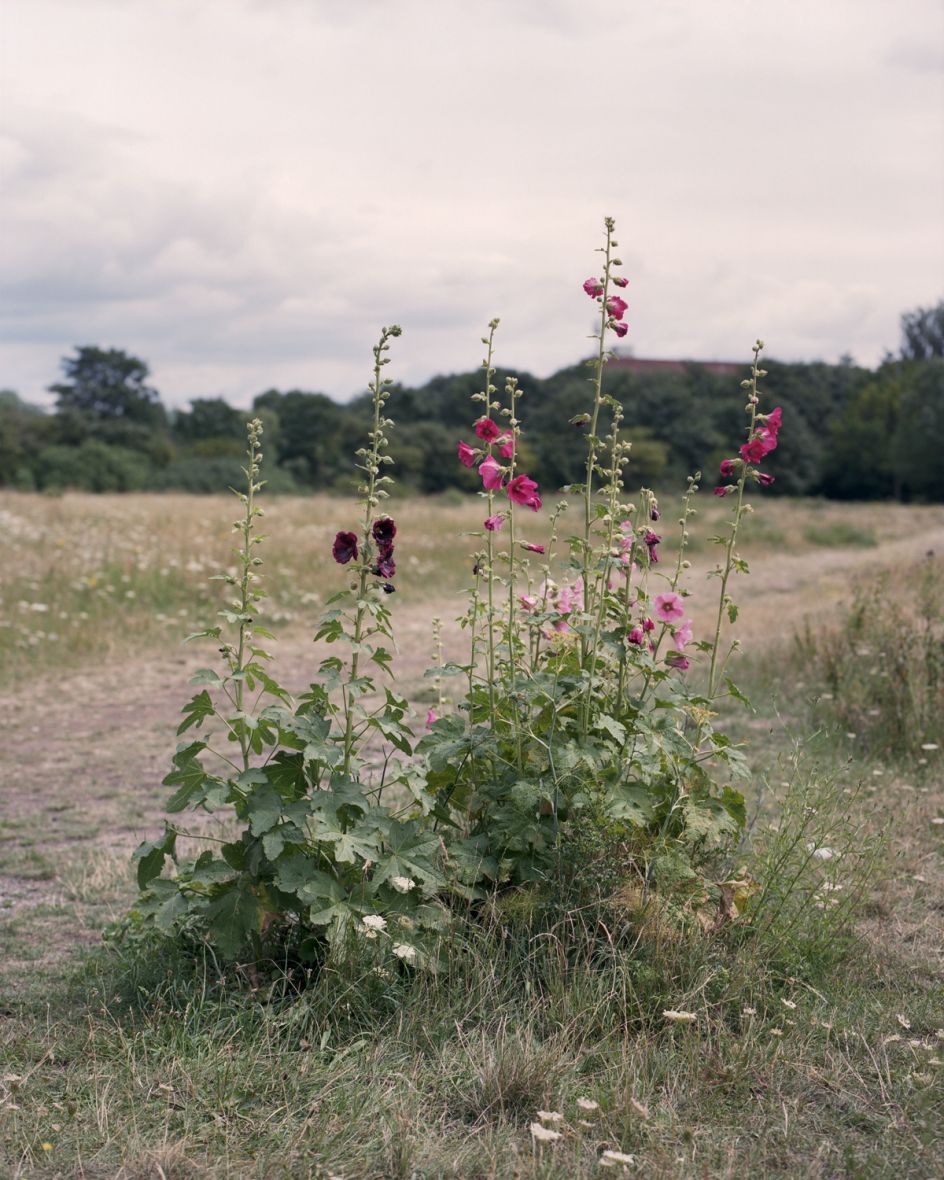
Transcendent atmosphere
It's the ideal subject for the photographer, who lives and works in London and Hamburg, and whose work has been exhibited internationally and published in The Guardian, Le Monde and the British Journal of Photography, among others.
Much of her work charts the capital's abundance of nature, particularly the transcendent atmosphere of these wild spaces dotted throughout a population of more than nine million people. Back in 2016, she authored a similar title, Along the Hackney Canal. And in the six years since, Freya has spent time capturing life around the Lea, returning to the marshes across the seasons and in all weathers, including the Pandemic area.
"In London, there are two sorts of green spaces," Rosalind Jana writes in the book's introduction. "Some are gated. Information boards stand at their entrances, with opening and closing times that chart the changes in dawn and dusk. Others are free to enter at will. The dark does not empty them; after the sun sets, they offer the city's most devoted night owls a peculiar frisson of freedom.

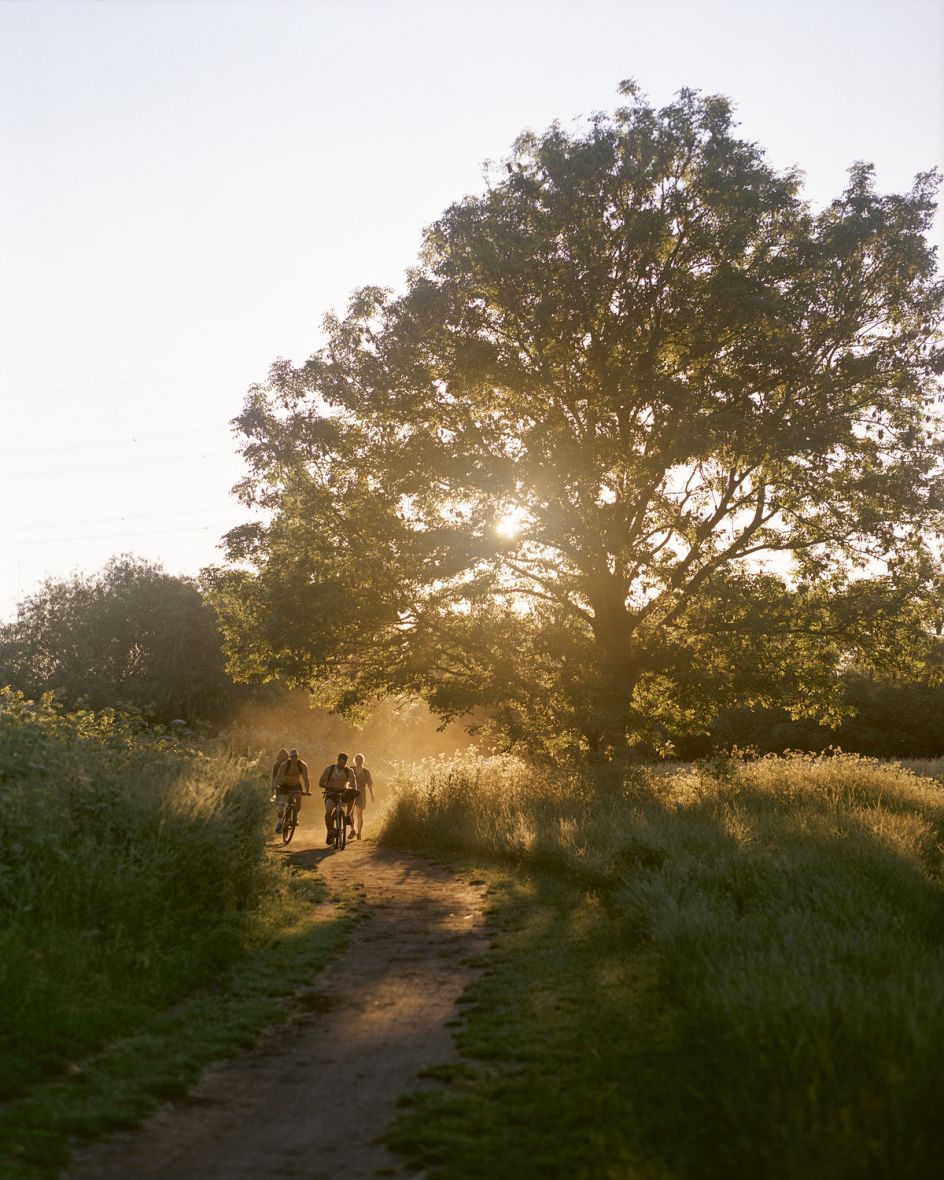
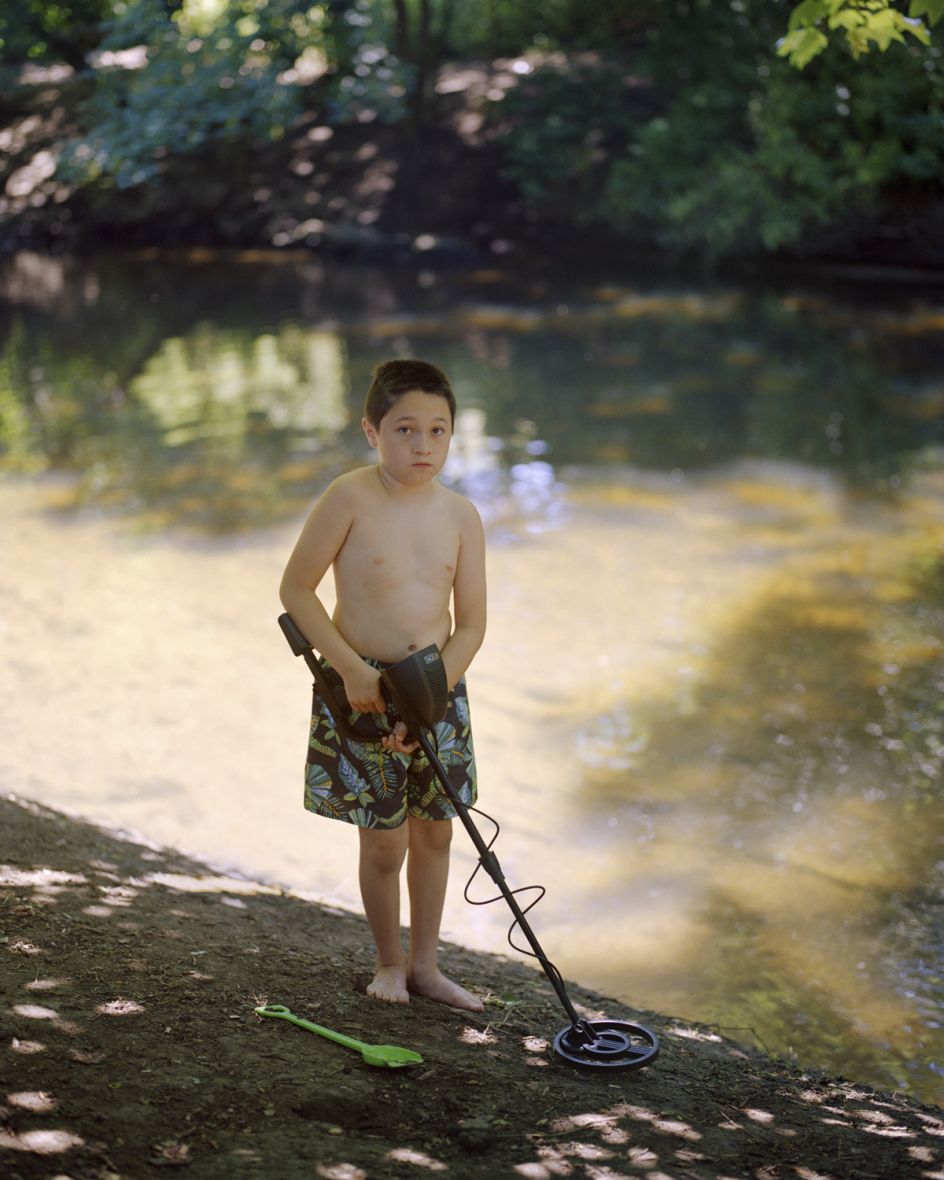
"Occasionally, they can be dangerous," Rosalind continues. "Big, ever-changing and easy to get lost in, there is something uncontainable about these tracts of common land." Hackney Marshes is one such place. "Unfolding along the River Lea in a sprawl of fields, sports grounds, woods, meadows, paths and waterways, this expanse of wilderness overlooked by tower blocks and pylons holds more than 300 acres of protected commons."
Extraordinary scale
As Rosalind points out, "There is something extraordinary in its scale. Here, in the middle of a densely-packed metropolis, you can wade through thigh-high grass while listening to the nearby roar of passing trains. The way ahead might be bordered by barbed wire or lined with sweet-smelling thickets of cow parsley.
"It is a place where one's usual sense of the city's distances and limits dissolves. Even when the sun catches the glass and concrete buildings beyond the marshes' edge, it doesn't quite dispel the eerie feeling that you could be standing in the middle of nowhere."
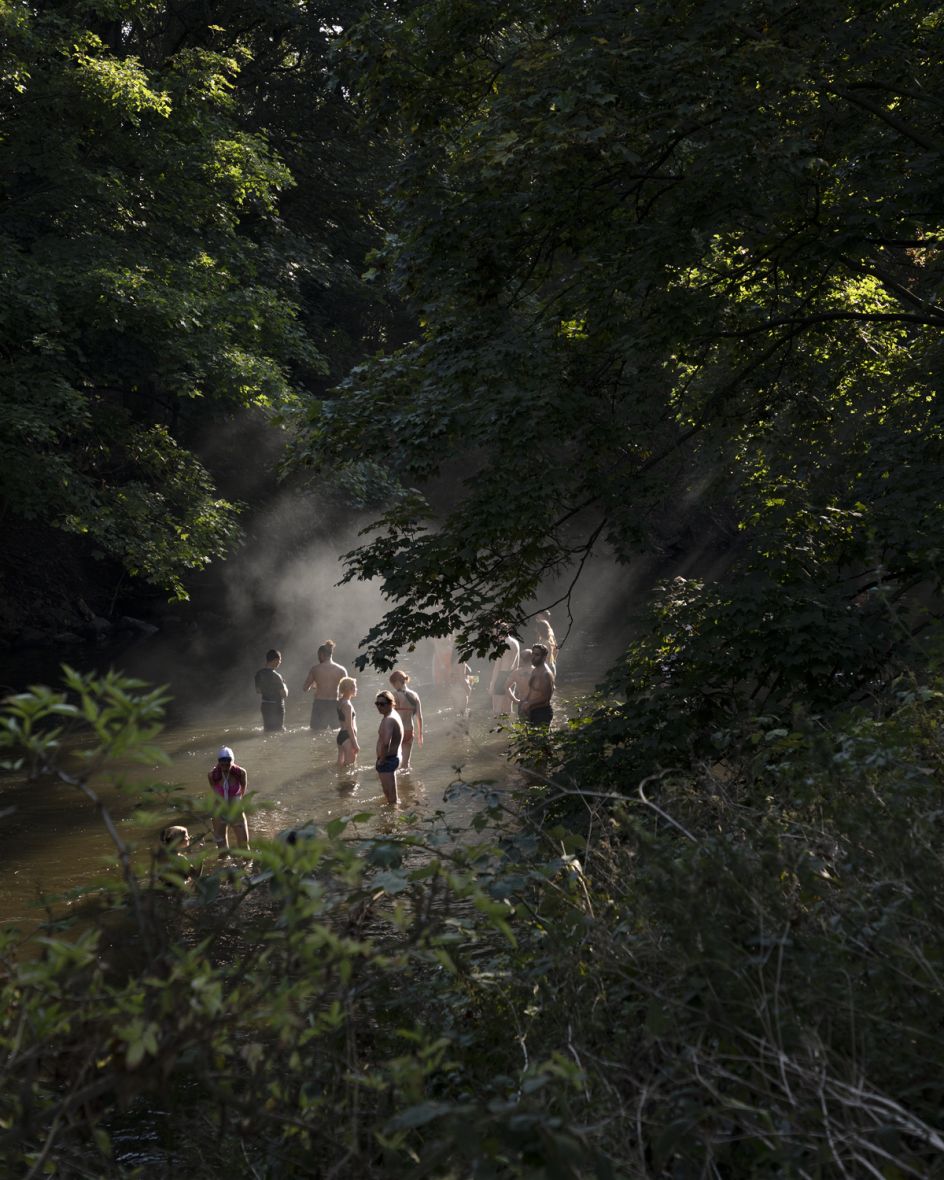
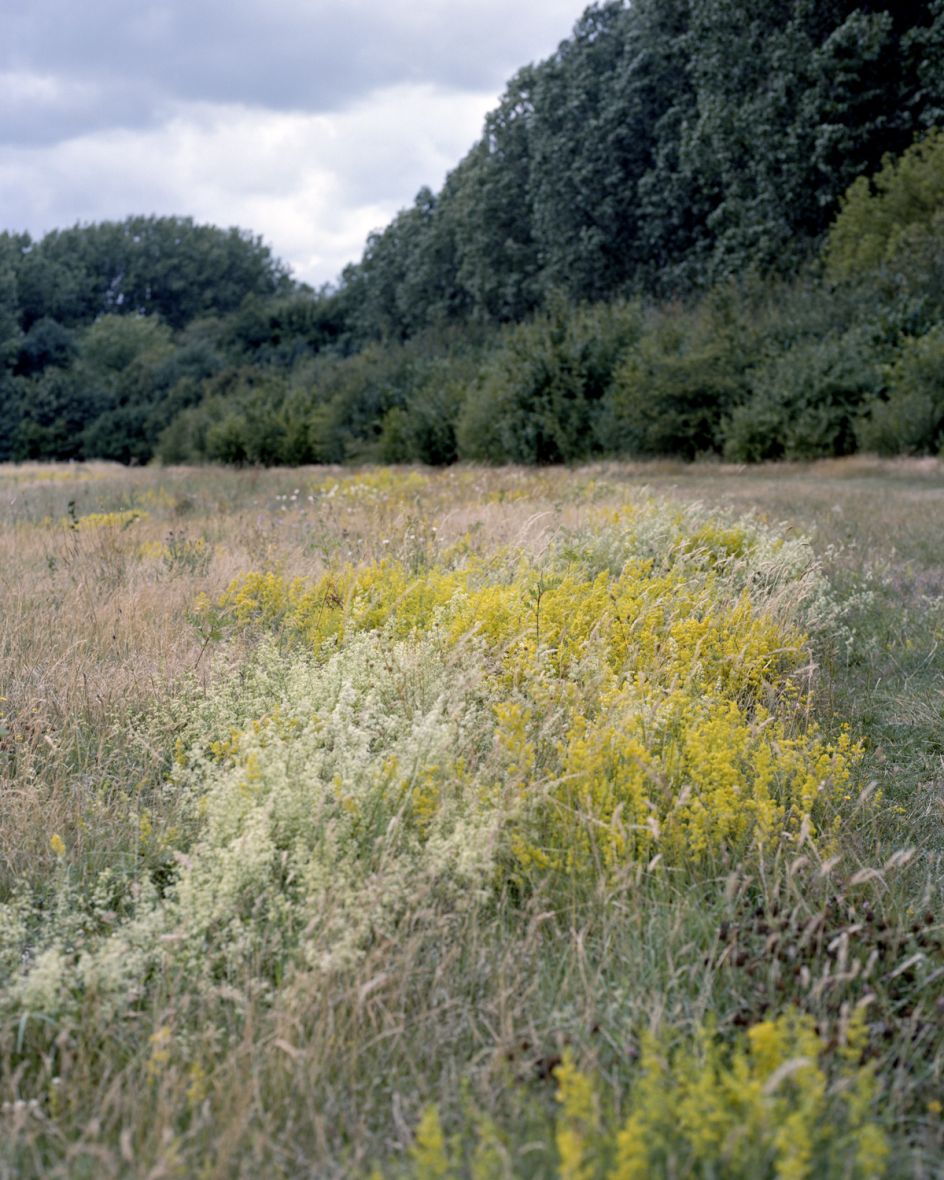
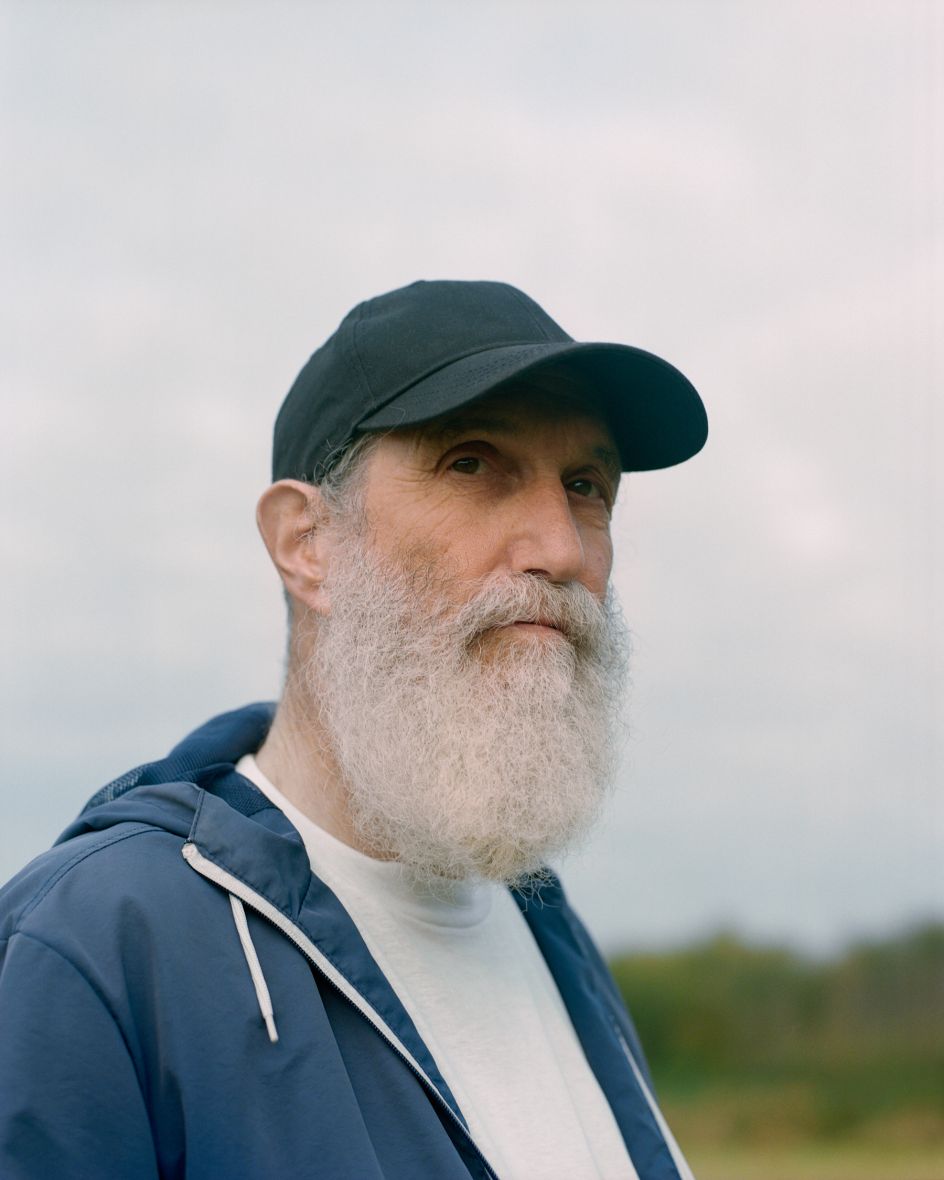
Running through this landscape is the River Lea. "Centuries ago, the river was used to transport barley and malt," Rosalind notes, "as well as fresh food and water during the Great Plague, and, in more recent years, it carried building materials for the Olympic Stadium. Like most of London's waterways, it is as much a site of function as beauty. All cities are built on the bones of the dead, but many are fed by their veins too."
Injuries to the landscape
Despite the romance of these waters, though, they hide an ugliness – the River Lea is one of the most polluted rivers in Britain. "The natural world may be an escape, but it has also become a convenient dumping ground for many industries; the evidence hidden beneath a vision of untouched beauty," writes Rosalind.
"Other injuries to the landscape are more visible. The rubbish left behind by the more careless paradise seekers is harmful to the incumbent wildlife, while the general noise and disturbance can disrupt the nests of birds, including little owls and kingfishers. Birds flutter, too, through these pages. Herons stalk the shallows while swans and parakeets soar overhead."
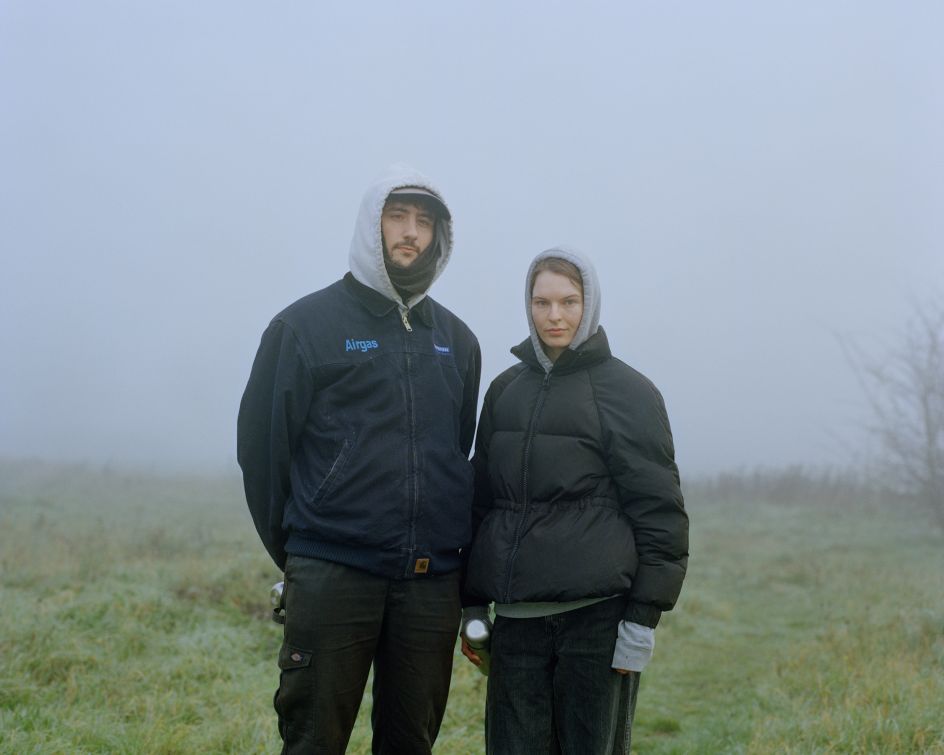
Documenting this precarious balance between nature and the city, Freya's work pays close attention to the marshes' shifts in temperament and use. As Rosalind writes: "In summer, there are wine bottles attached to makeshift coolers, and kids hanging out in the shade. Come winter, the sky is rubbed out by soupy grey fog, and the walkers wrap up in sensible jackets.
"But no matter the time of year, it seems to be young people who are most drawn to the marshes. A green-haired teenager stares back coolly at the camera. A young man gazes off into the distance, crowned by a butterfly. The shallow depth of field gives these portraits a hazy feel, their subjects absorbed by this ancient, spacious refuge."
The Hackney Marshes by Freya Najade is published by Hoxton Mini Press. Costing £30, it's available to buy at hoxtonminipress.com.



















